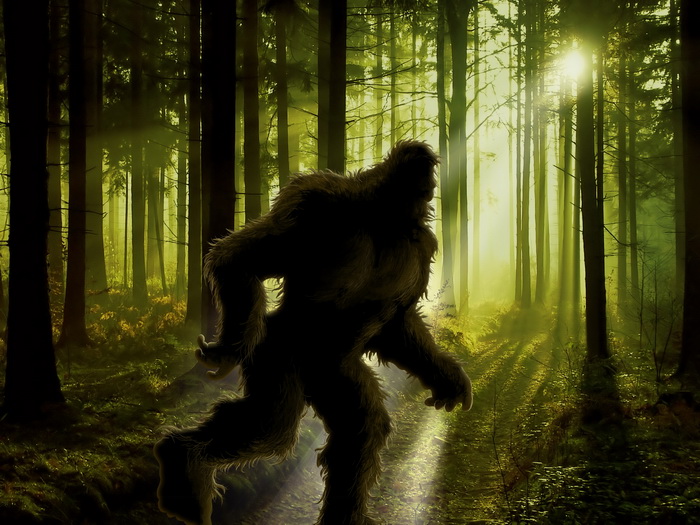Thousands of people have claimed to have seen a Bigfoot which is often described as a large, muscular, bipedal ape-like creature, roughly 1.8 to 2.7 metres (6 to 9 ft), covered in hair described as black, dark brown, or dark reddish. Some descriptions have the creatures standing as tall as 3 to 4.6 metres.
The face of a Bigfoot is often described as human-like, with a flat nose and visible lips. Common descriptions also include broad shoulders, no visible neck, and long arms. The eyes are commonly described as dark in color and have been alleged to “glow” yellow or red at night. However, eyeshine is not present in humans or any known great ape, and so proposed explanations for observable eyeshine in the forest include perched owls, racoons, or opossums.
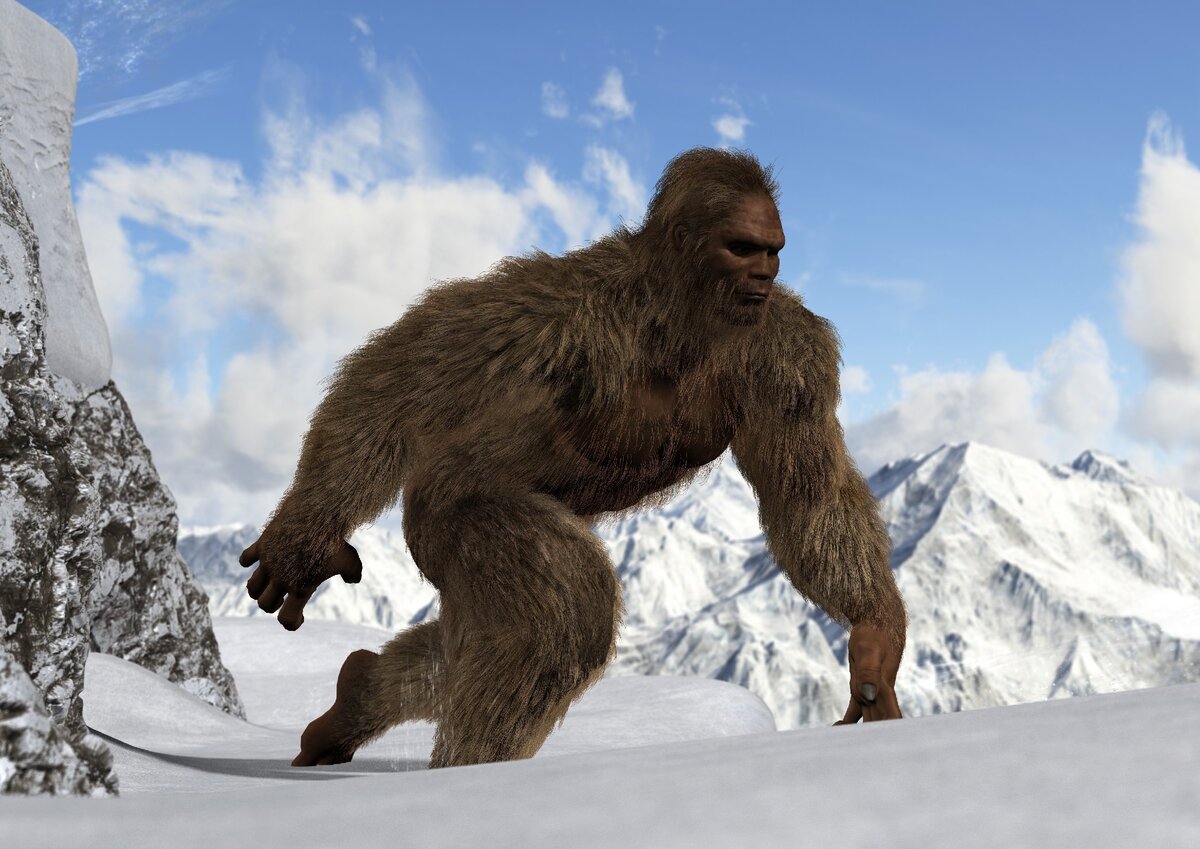
Bigfoot, also commonly referred to as Sasquatch, in Canadian and American folklore, is an ape-like creature that is purported to inhabit the forests of North America.
On the Tule River Indian Reservation in California, petroglyphs created by a group of Yokuts at a site called Painted Rock are alleged by some to depict a group of Bigfoots called “the Family”. The local tribespeople call the largest of the glyphs “Hairy Man” and they are estimated to be between 500 and 1000 years old.
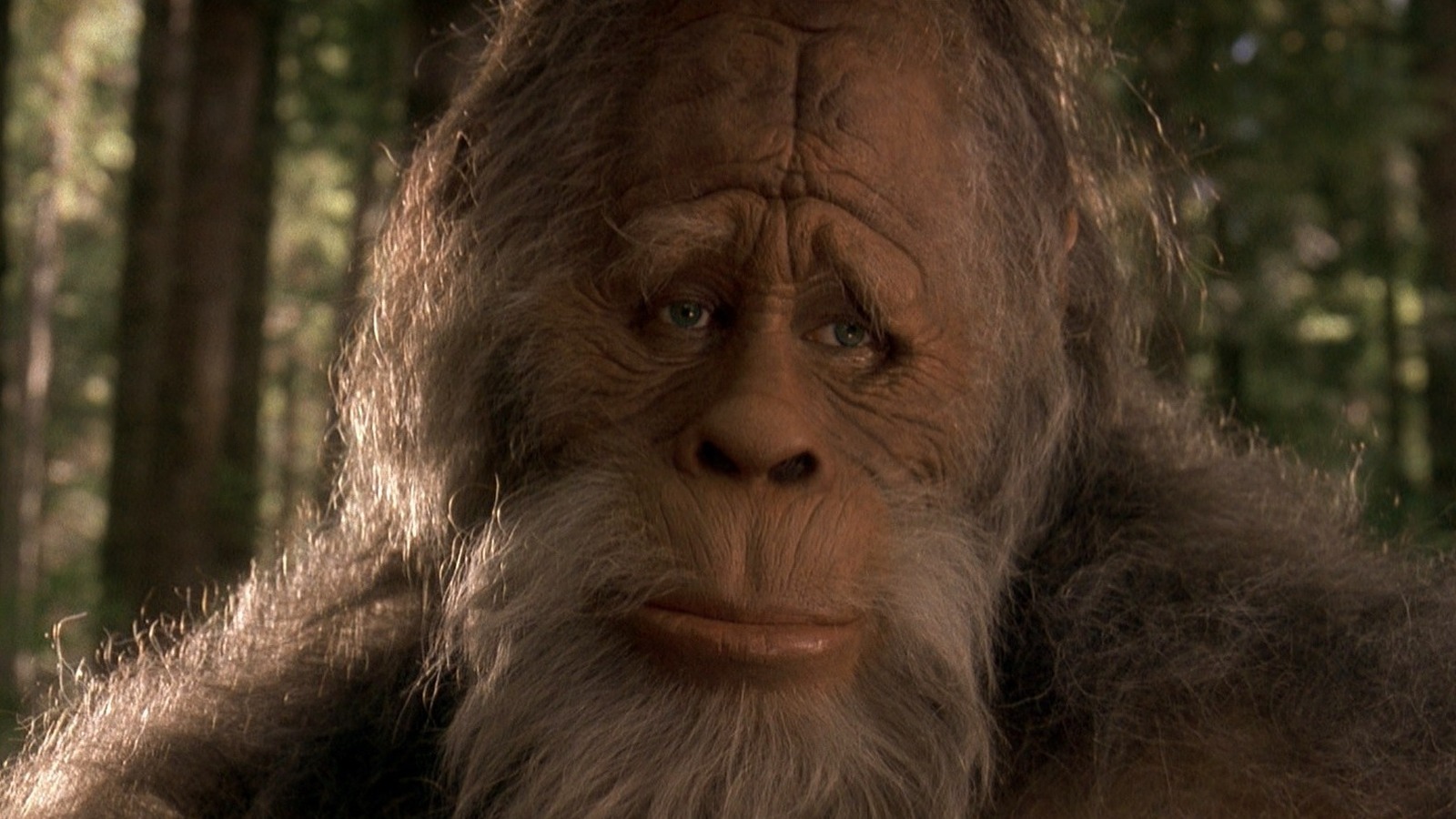
The most well-known video of an alleged Bigfoot, Patterson-Gimlin film, was recorded on October 20, 1967, by Roger Patterson and Robert “Bob” Gimlin in an area called Bluff Creek, in Northern California. The 59.5-second-long video has become an iconic piece of Bigfoot lore, and continues to be a highly scrutinized, analyzed, and debated subject.

Interest in Bigfoot grew rapidly during the second half of the 20th century, after an article in True magazine, published in December 1959, described the 1958 discovery.
Cryptozoologists (those who study animals still unknown to science) hold out at least some hope that Bigfoot, hidden away in the last really undeveloped wilderness areas of North America, may yet prove to be a reality and not merely a folk legend.
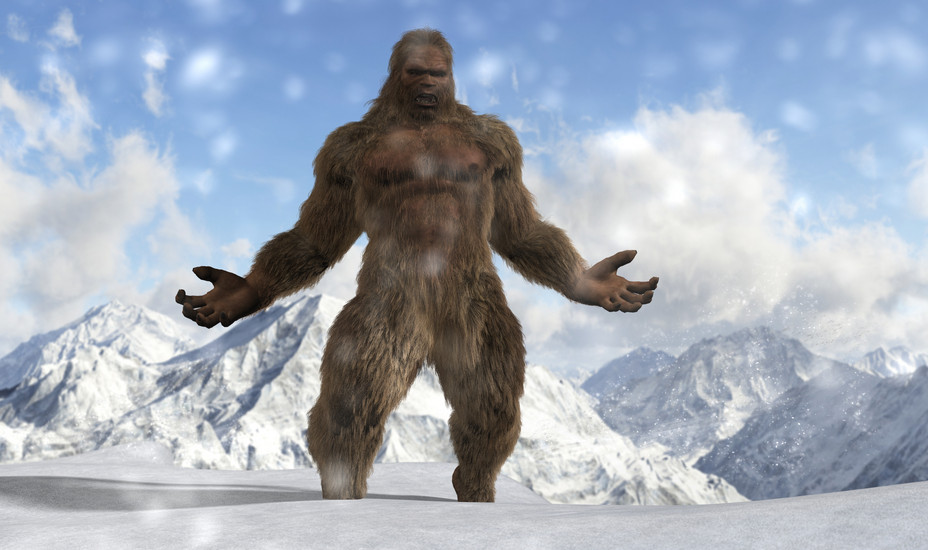
A pungent, foul smelling odor is sometimes associated with reports of the creatures, commonly described as similar to rotten eggs or skunk.
It seems to represent the North American counterpart of the Himalayan region’s mythical monster, the Abominable Snowman, or Yeti.
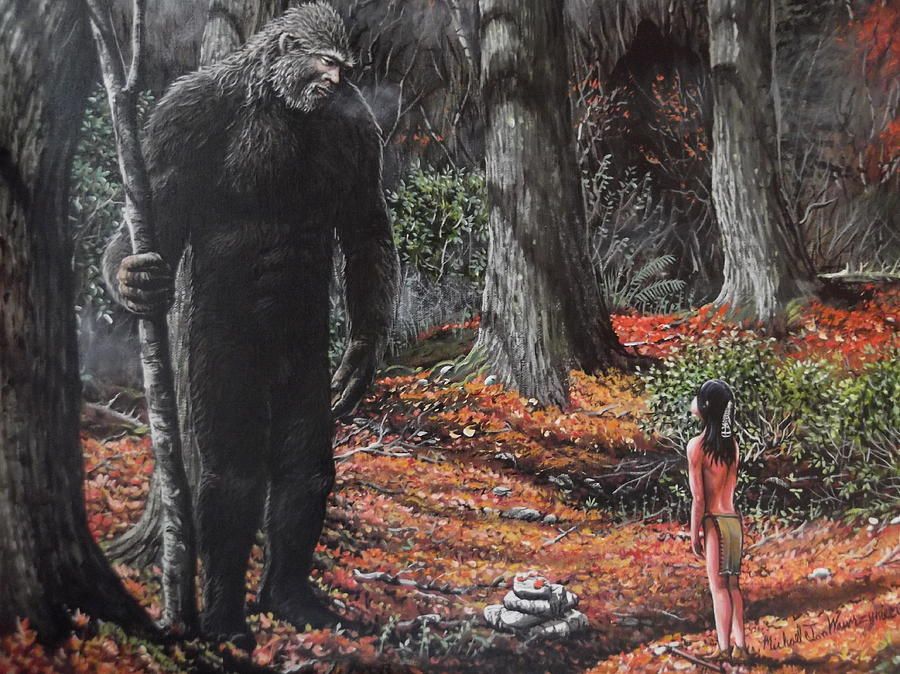
Alleged vocalizations such as howls, moans, grunts, whistles, and even a form of supposed language.
Supposed evidence of the existence of Bigfoot includes a number of anecdotal visual sightings, disputed video and audio recordings, photographs, and casts of large footprints.
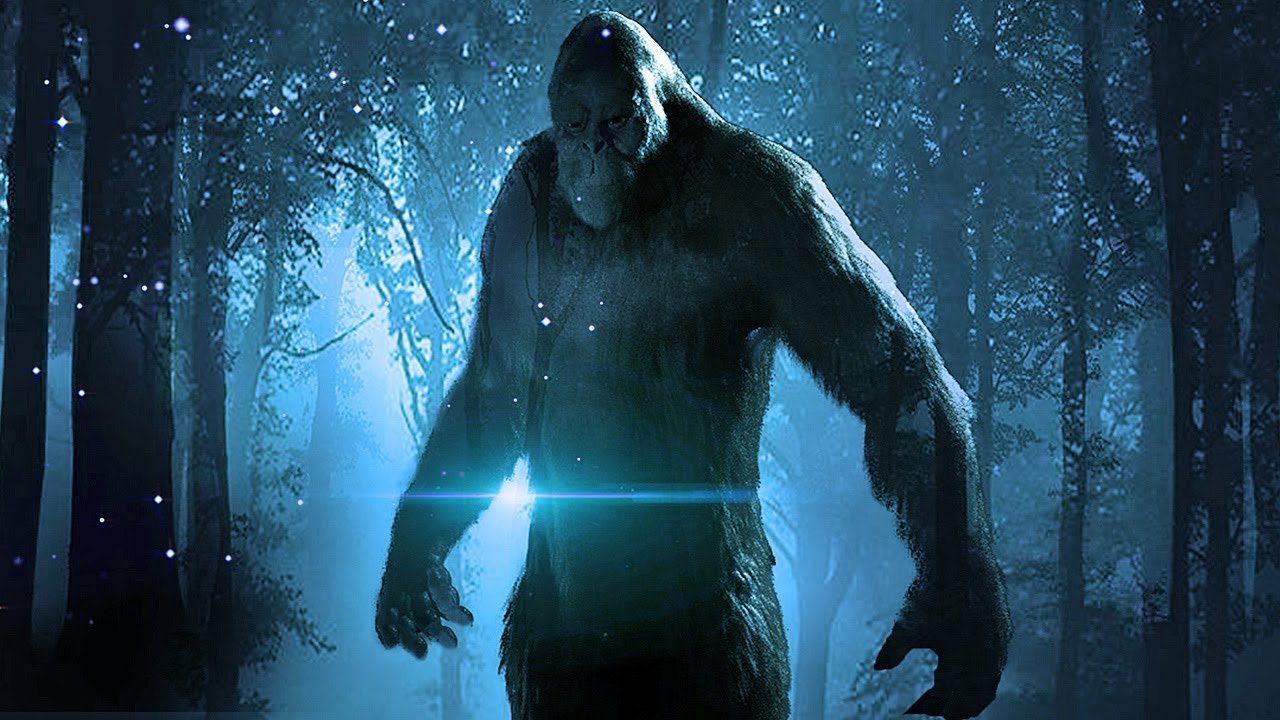
Members of the Lummi tell tales about Ts’emekwes, the local version of Bigfoot. The stories are similar to each other in the general descriptions of Ts’emekwes, but details differed among various family accounts concerning the creature’s diet and activities.
